

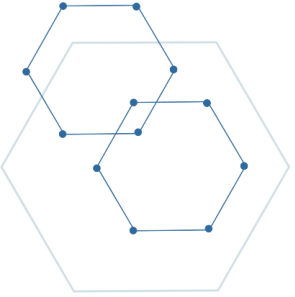



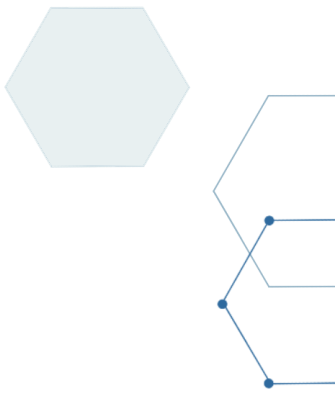

Robots
New Advances in Walking Large Models
The field of robotics is undergoing an exciting transformation, with breakthroughs in walking large models leading robots to new heights, changing the way we live and work. When robots are equipped with large models, they not only “walk” but also begin to “think”. 🤖💡

🔥 From “Executing Instructions” to “Autonomous Decision-Making”: The Evolution Revolution of Robots

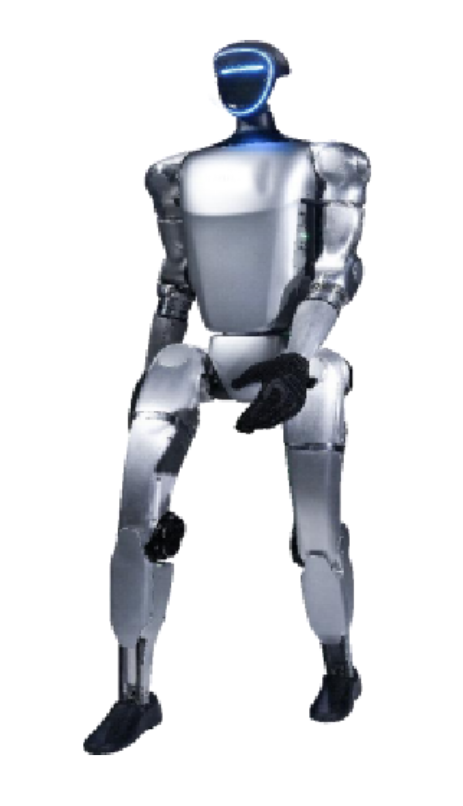
In the past, robots were “precise tools”—able to move boxes, dance, and deliver packages, but every step relied on pre-set programs. Now, the explosive development of large models (such as GPT-4 and Gemini) has given robots a “brain”. They are starting to behave like humans:
Understanding vague instructions: “Clean up the room” ➡️ Automatically identifying clutter and organizing it;
Dealing with unexpected situations: No longer “rigidly detouring” when avoiding obstacles, but dynamically planning the optimal path;
Even asking questions: “Should I wash the coffee cup on the table?”—just like a newly hired intern.
Case in point: In the latest demonstration by Stanford’s “Mobile ALOHA” robot team, the robot learned to cook shrimp and clean windows just by observing human actions, without any code intervention!
Leading the Future
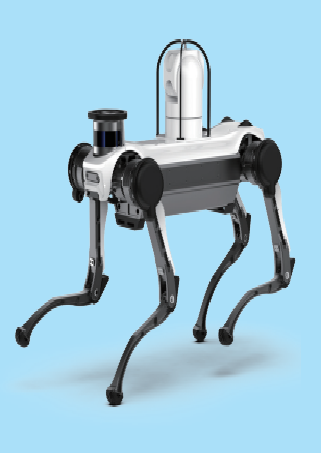
🧠 Large Models + Robots = “Embodied Intelligence”?
Scientists refer to this integration as “Embodied AI”—AI is no longer confined to servers but perceives and changes the world through a physical body. The three major breakthroughs behind this:
Multimodal interaction: Real-time fusion of visual, auditory, and tactile data to construct 3D environmental cognition;
Few-shot learning: Training efficiency skyrockets, learning to twist a bottle cap in 10 minutes;
Self-evolution: Sharing experiences in the cloud, leading to a “collective evolution” of robots worldwide.
Industry trends: Tesla’s Optimus Gen 2 can now sort battery parts by vision,Boston Dynamics’ Atlas has started to “self-learn” parkour, and even domestic startups like Zhiyuan and Yushu have launched affordable “AI robot development kits”.
01
🌍 Future Living Scenarios: How Will Robots Change Us?
Housekeeping revolution: Your “butler” will remember you dislike onions and automatically generate healthy recipes;
Medical assistants: Surgical robots analyze patient vital signs in real-time, warning of potential risks;
Industry 4.0: Factory robots autonomously coordinate production lines, self-checking and repairing faults;
Ethical controversies: If robots “make mistakes”, who is responsible? Do they need “human rights”?
Experts predict: By 2030, general service robots will be as ubiquitous as smartphones, with large models igniting this revolution as the “spark”.
02
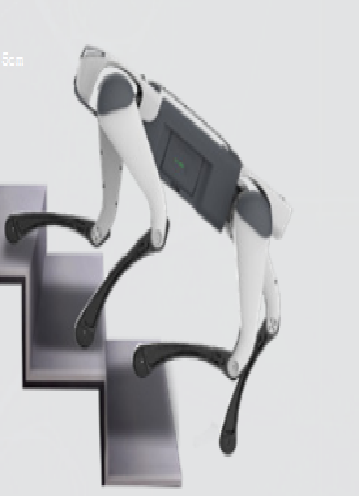
❗️ Should we be excited or worried?
Behind technological advancements, issues also arise:
Job impact: Blue-collar and some white-collar jobs may be replaced;
Security risks: Could hacking into robot systems lead to disasters?
Emotional dependency: Will humans develop feelings for AI companions?
Perhaps as OpenAI CEO Sam Altman said: “AI will not replace humans, but those who use AI will replace those who do not.”

Technology Leading the Future

Contact Information:
Manager Lan: 15906888019
Contact Address: Yubei Zhichuang Center, Fenghuang Mountain Street, Yunhe County, Lishui City, Zhejiang Province